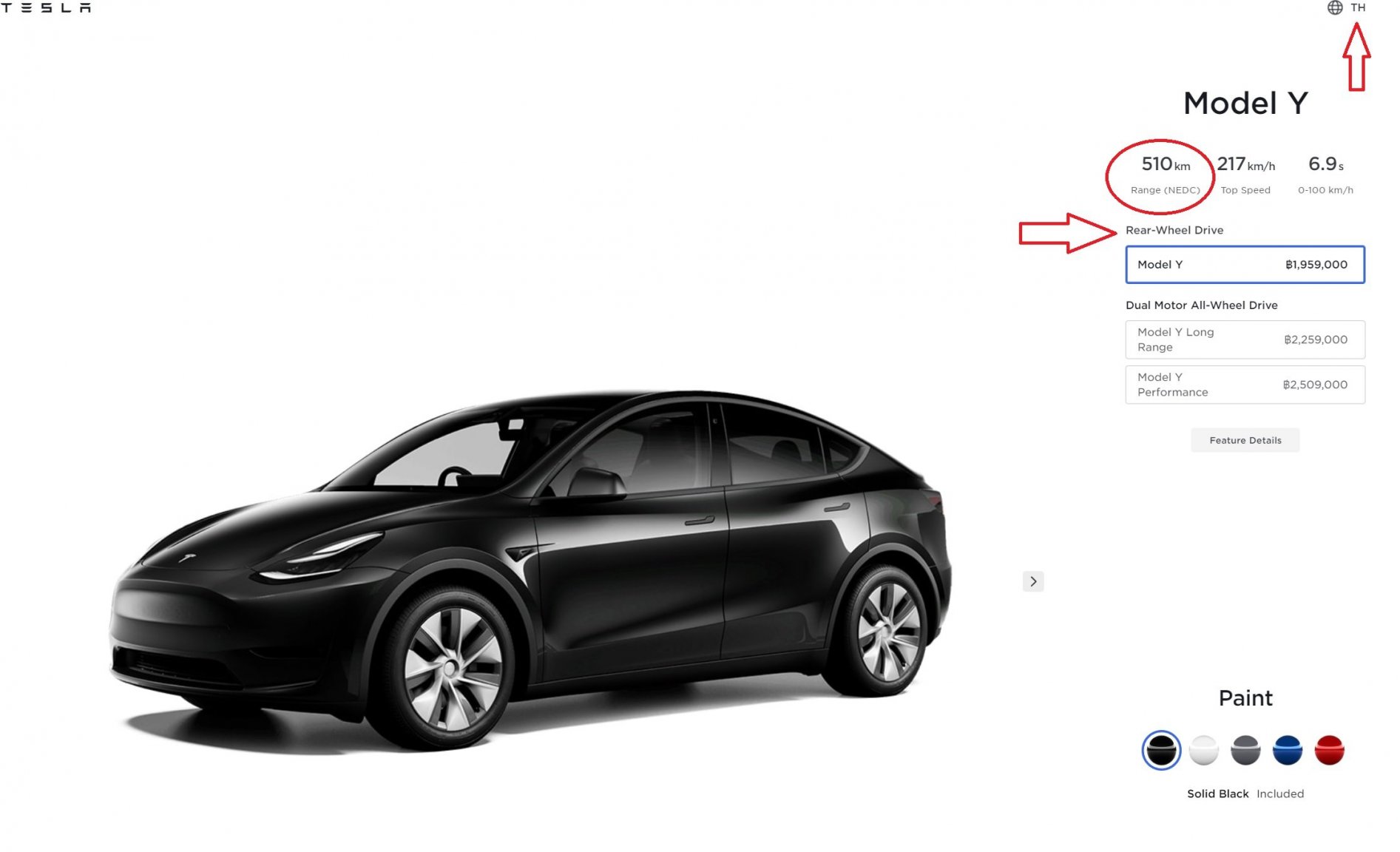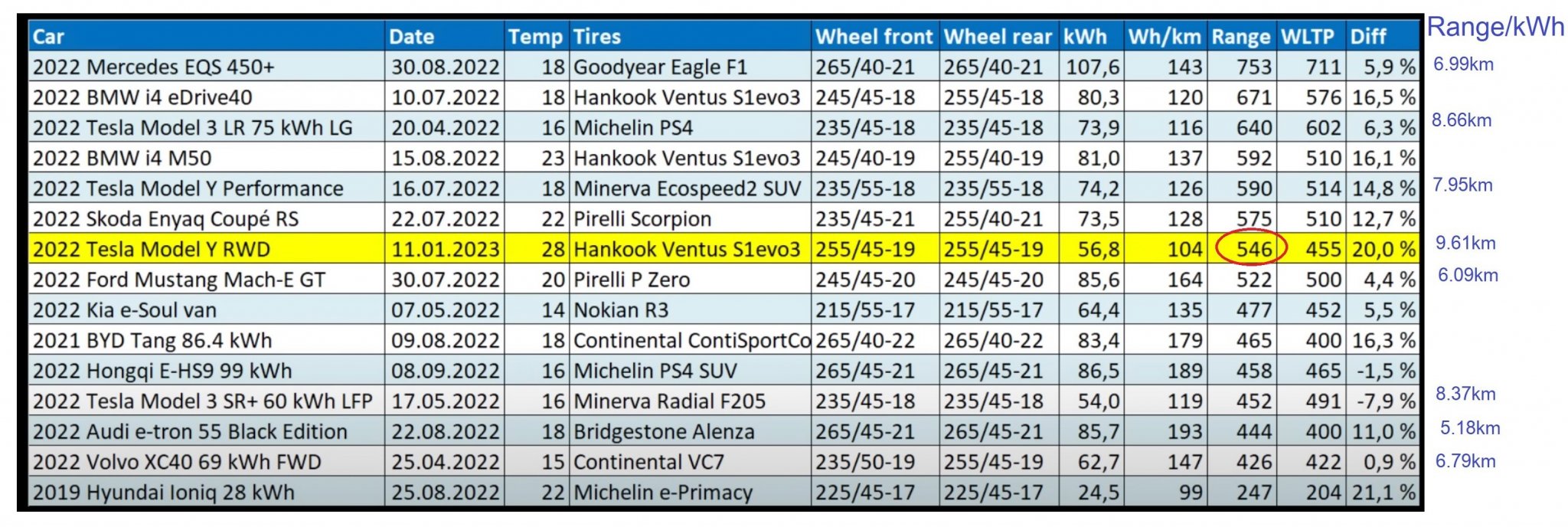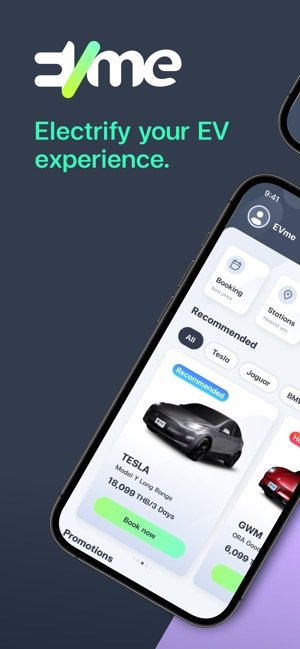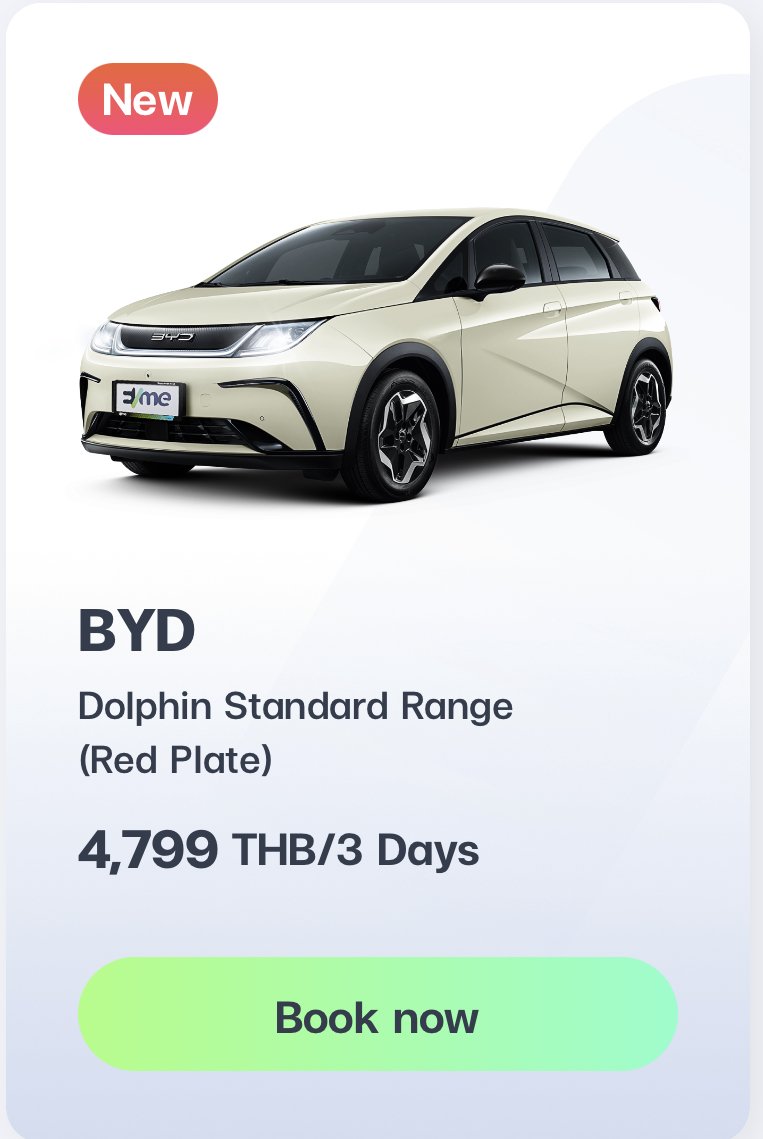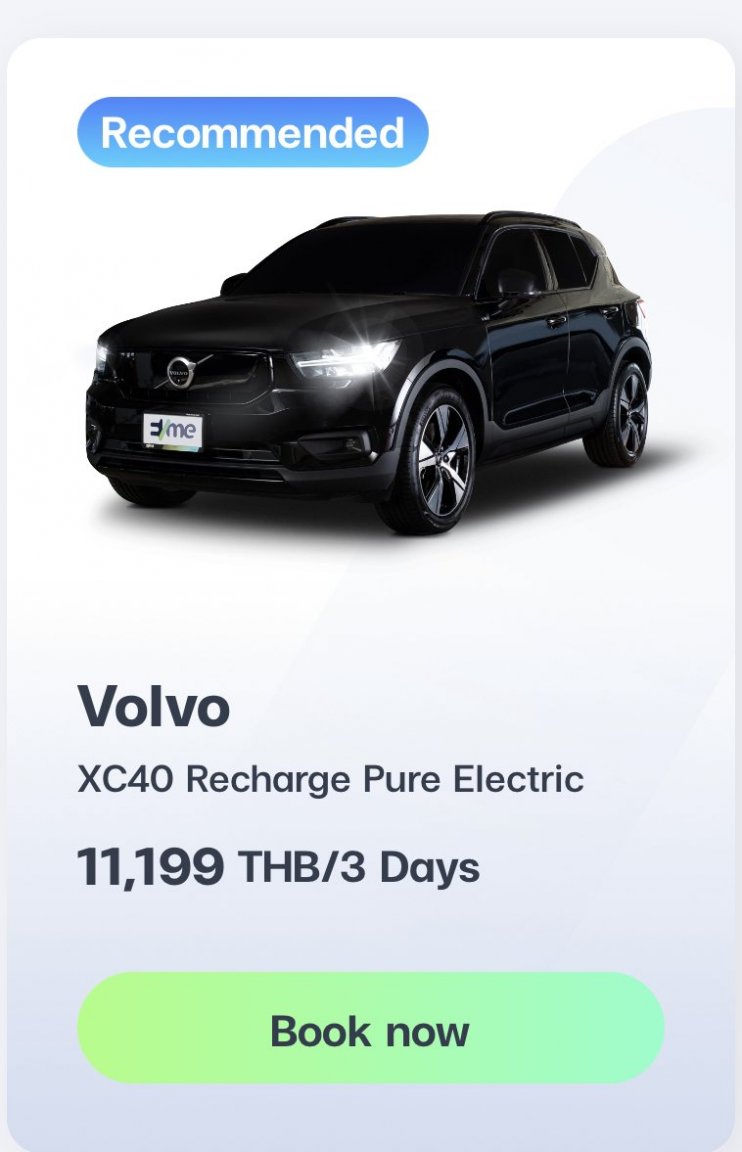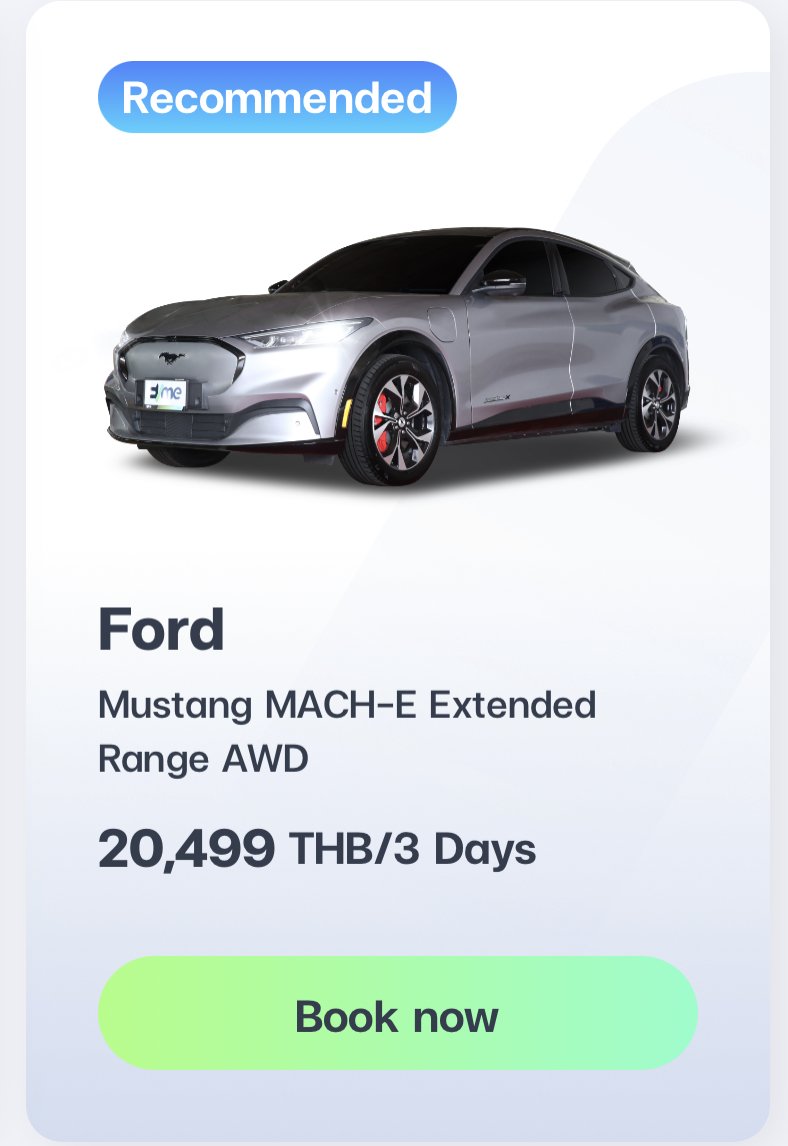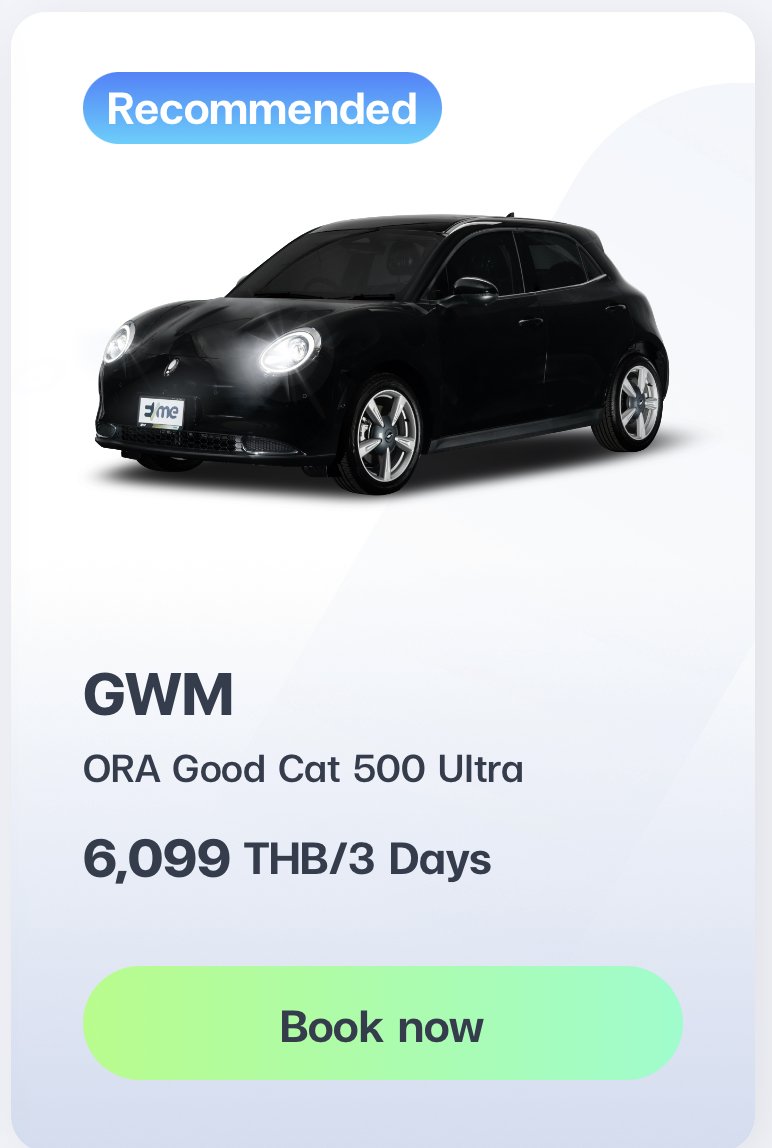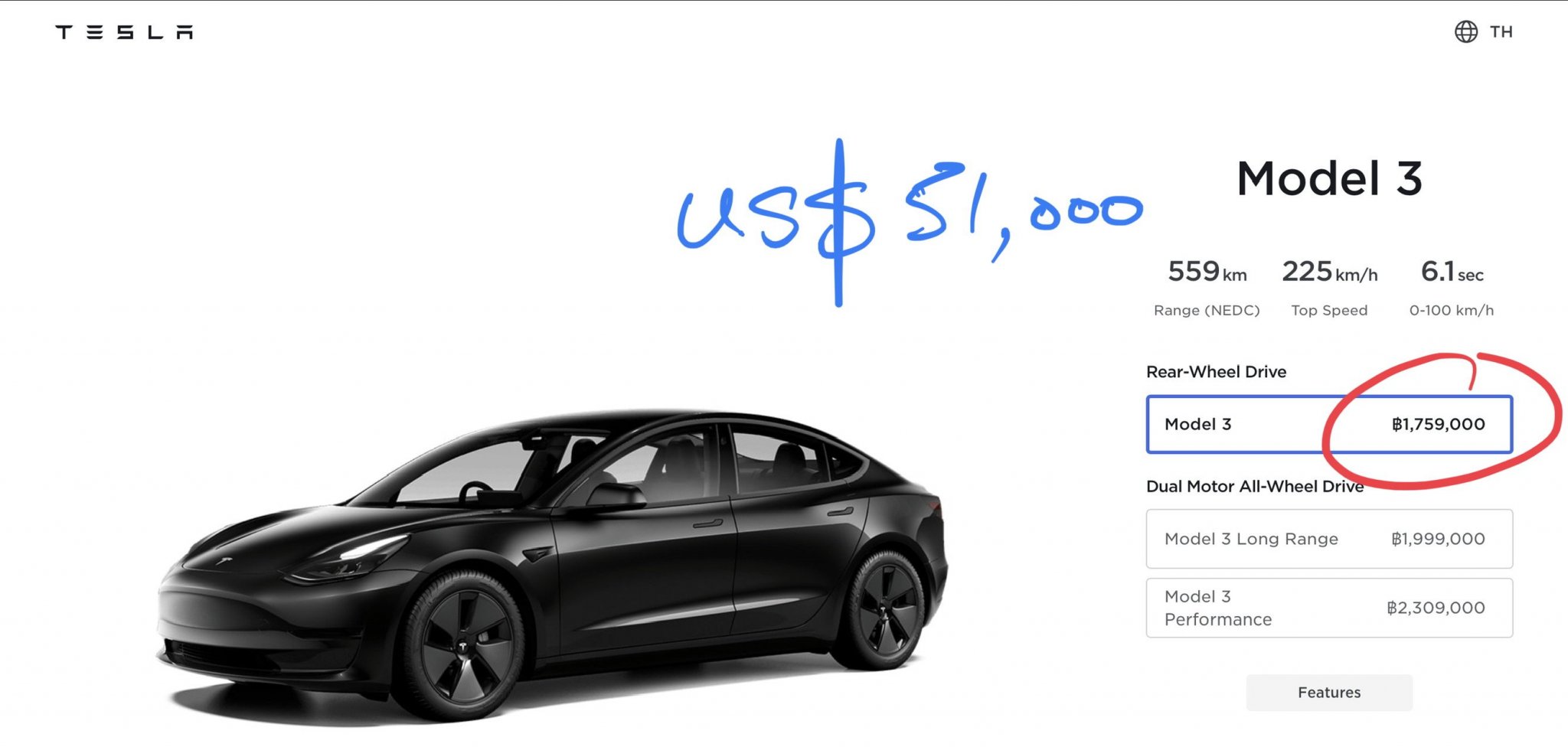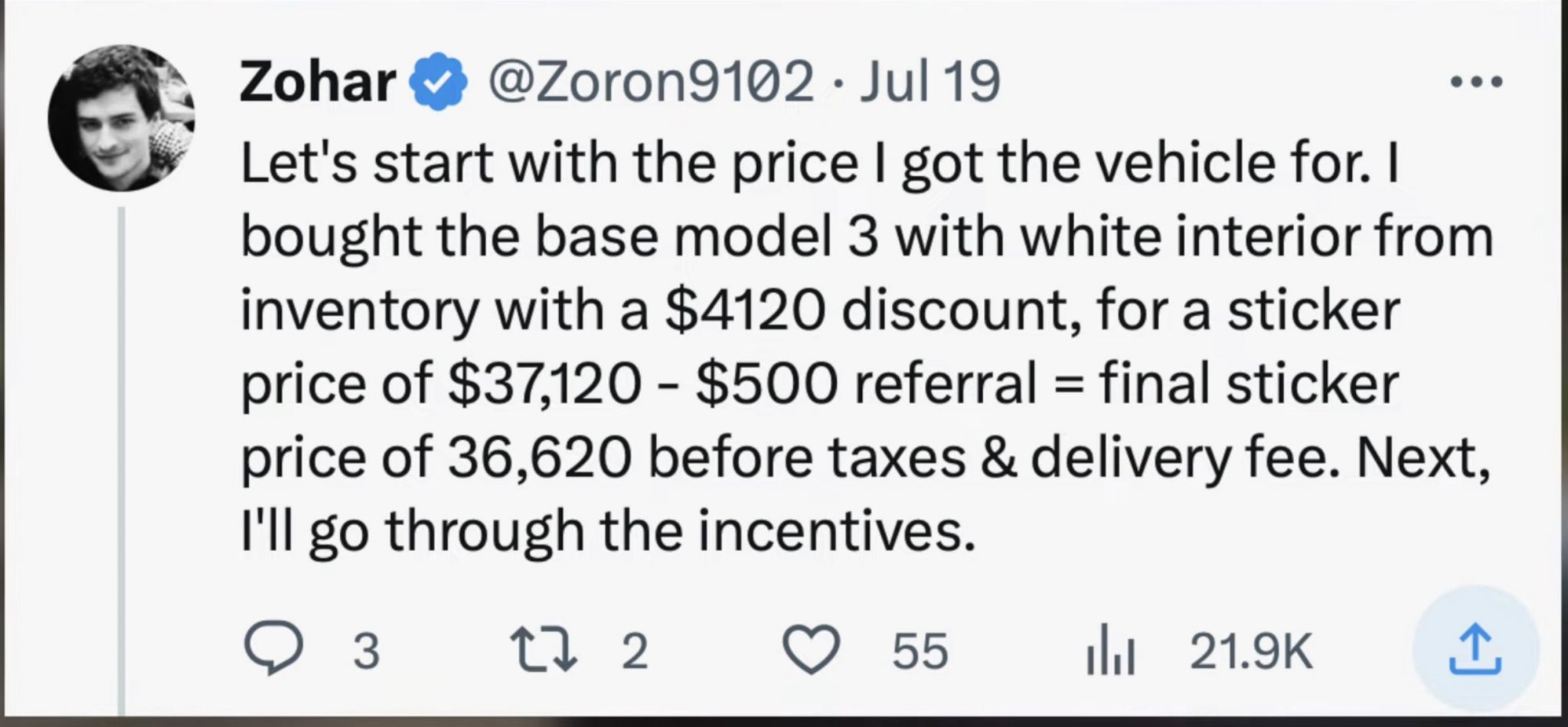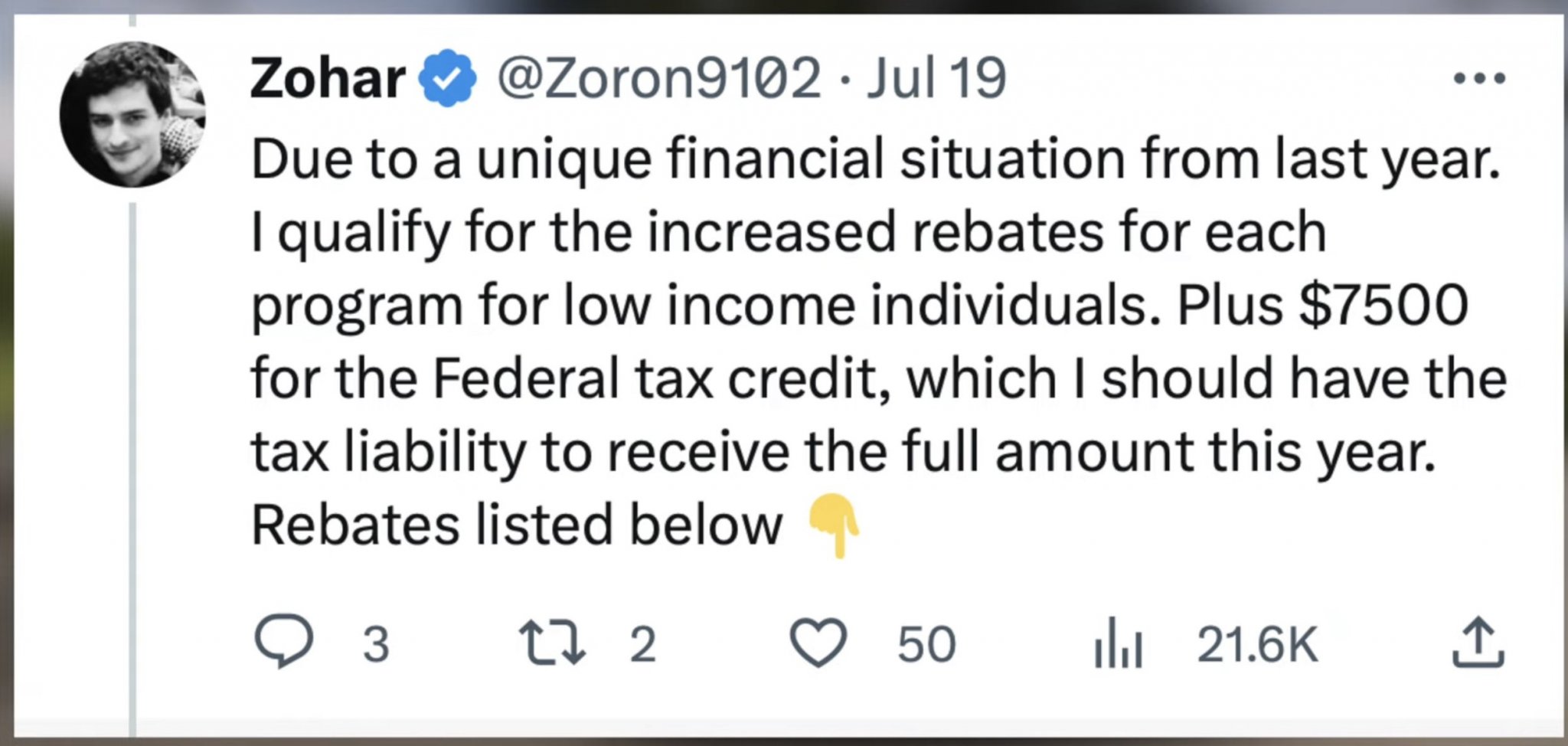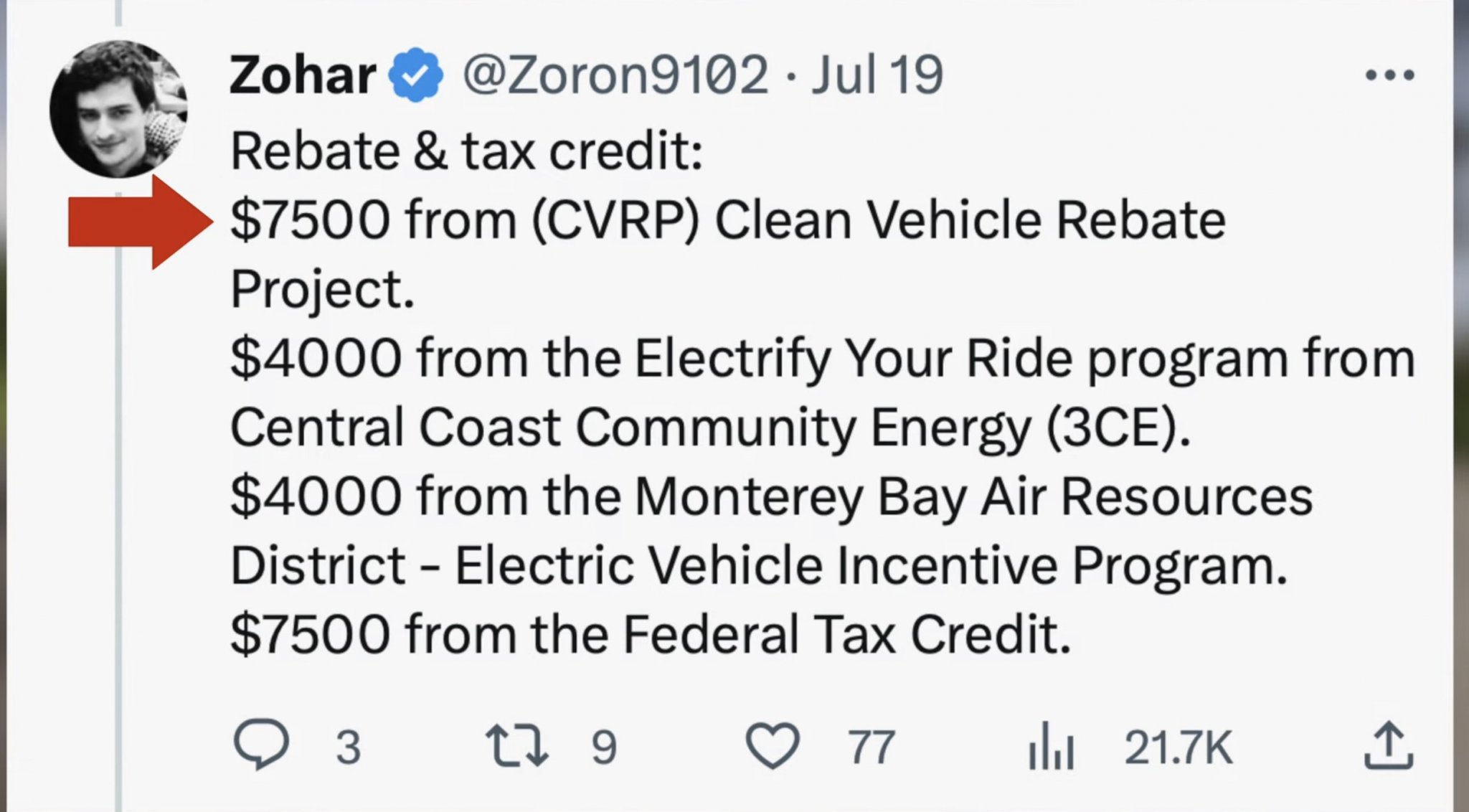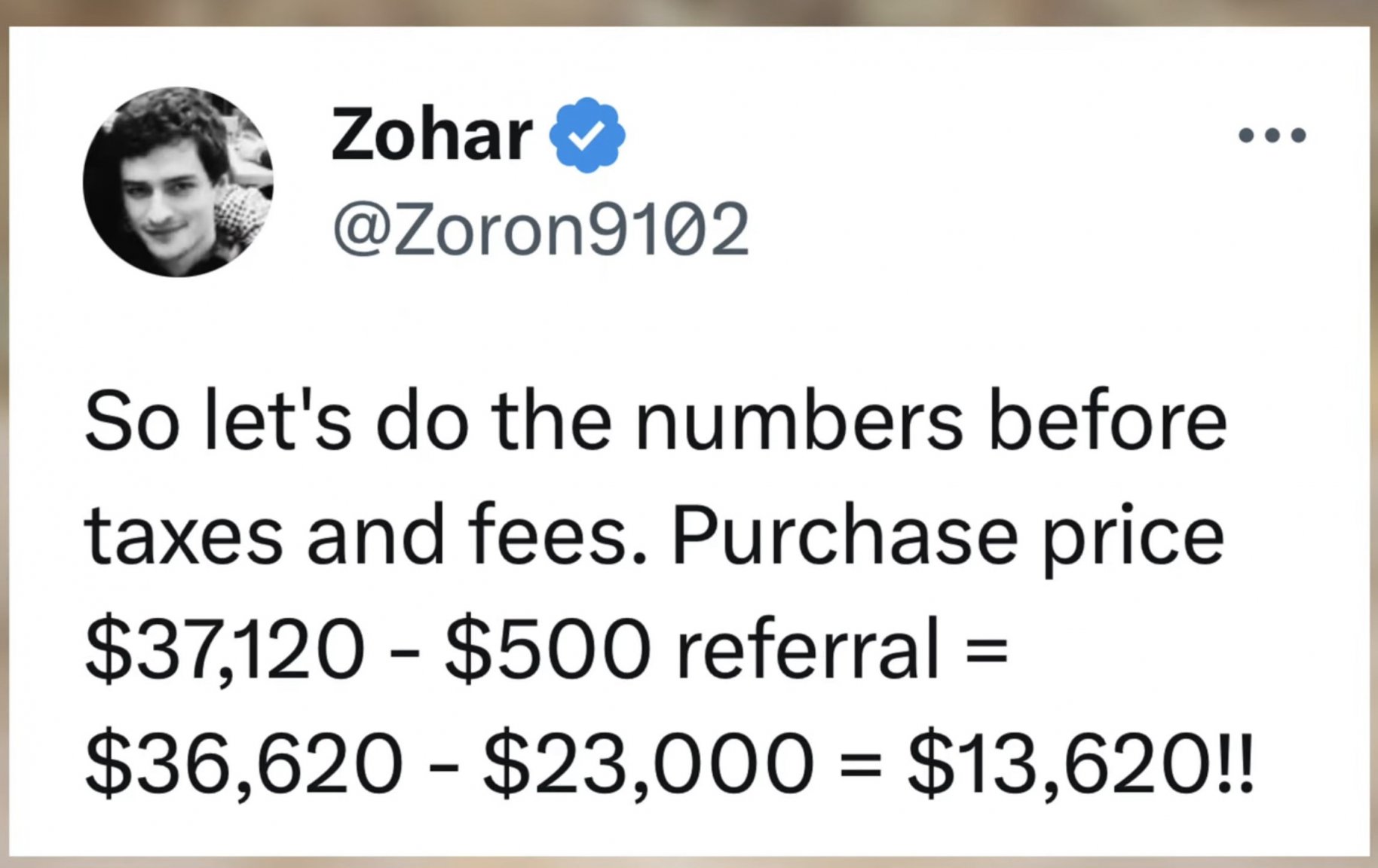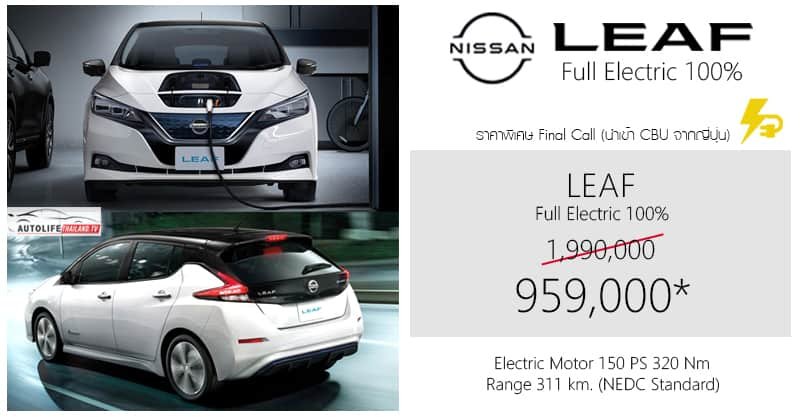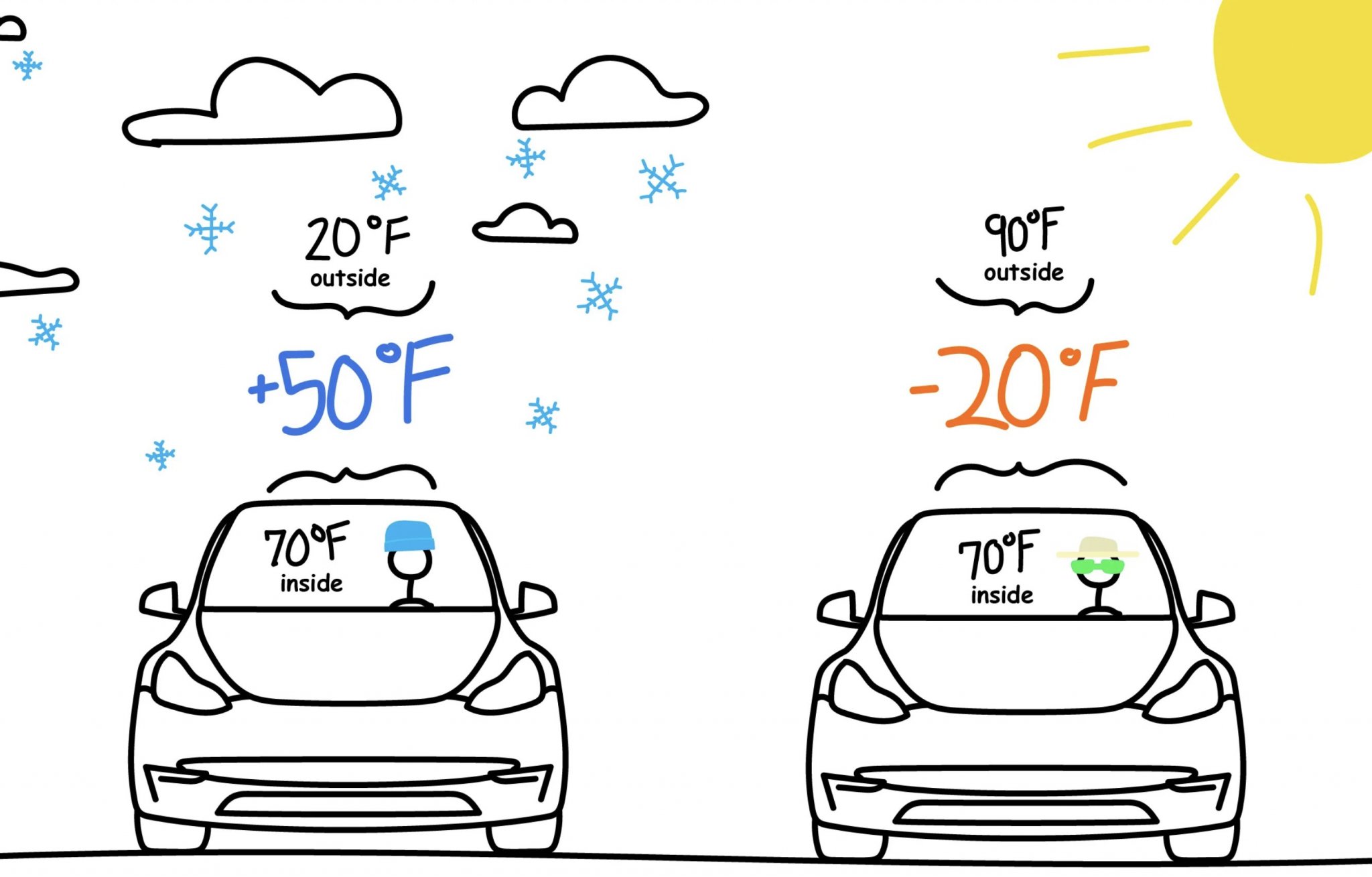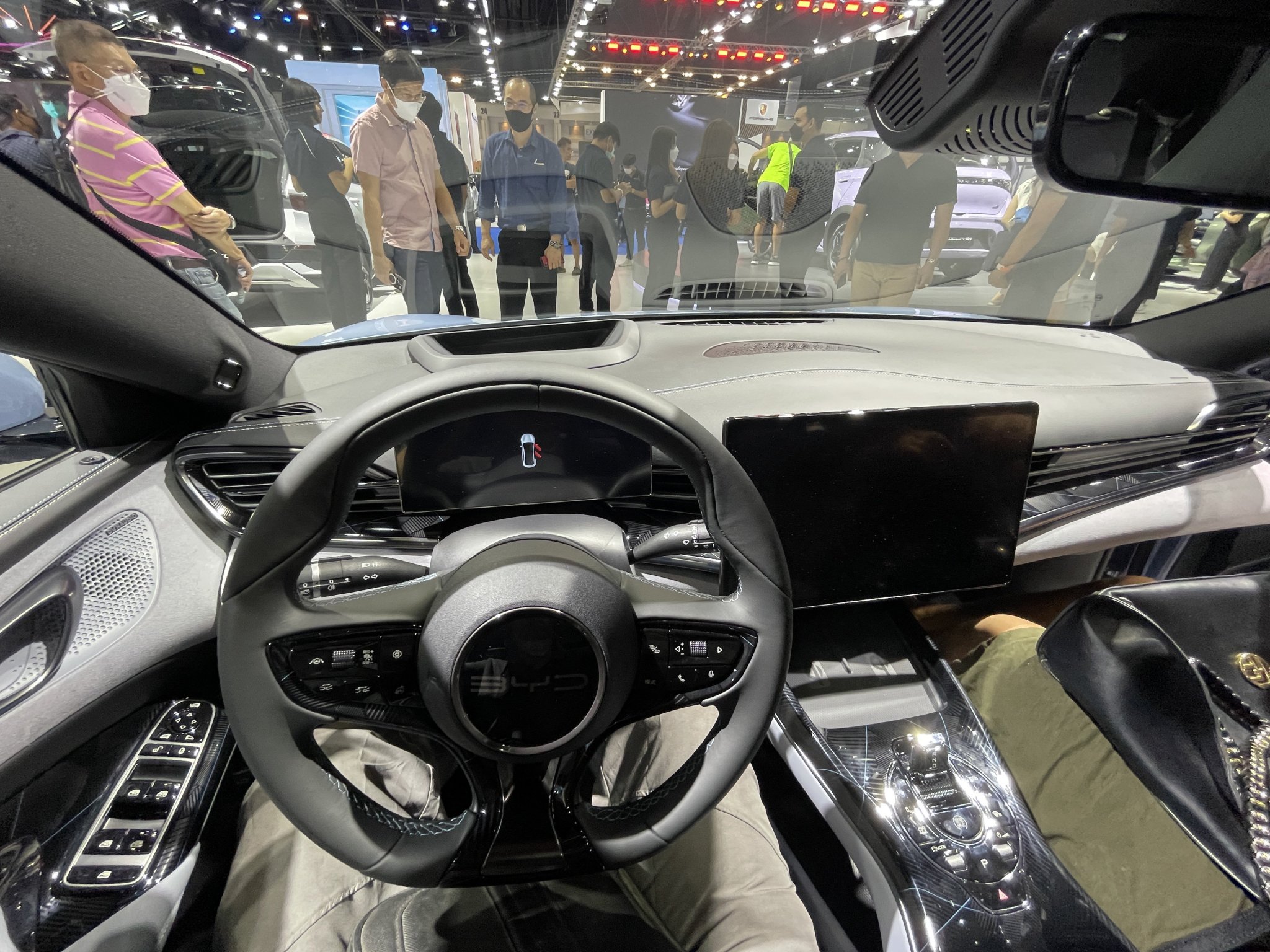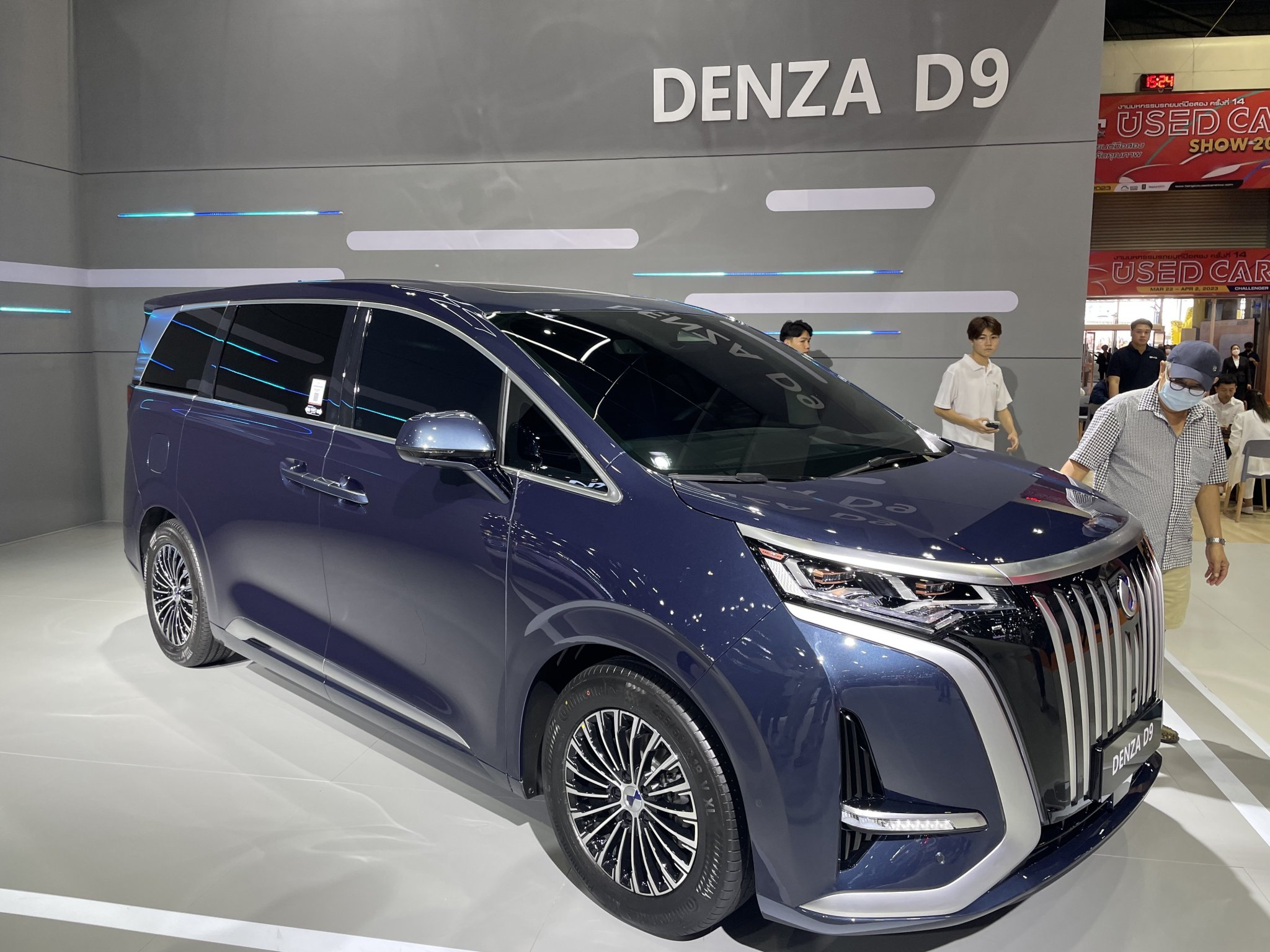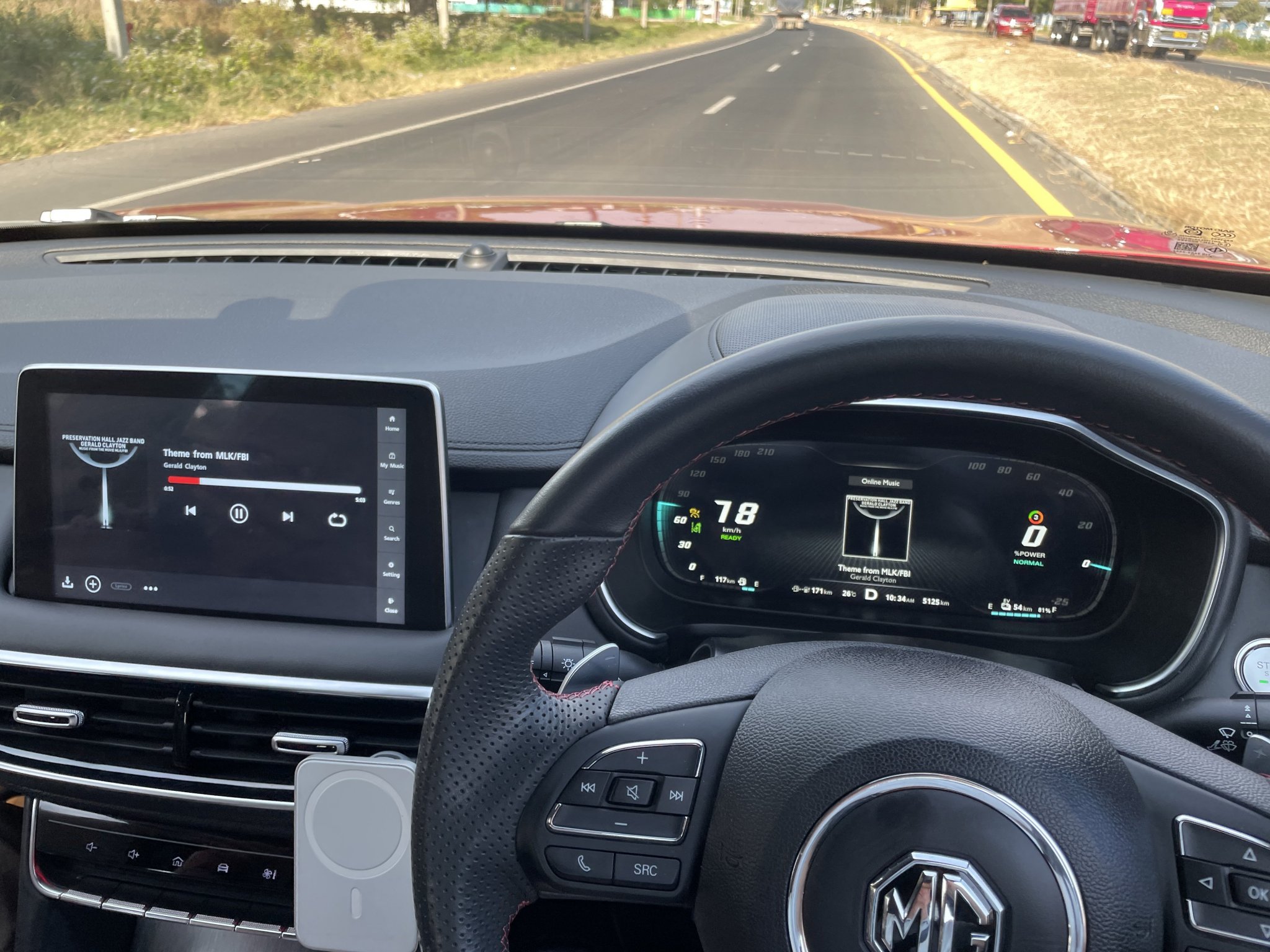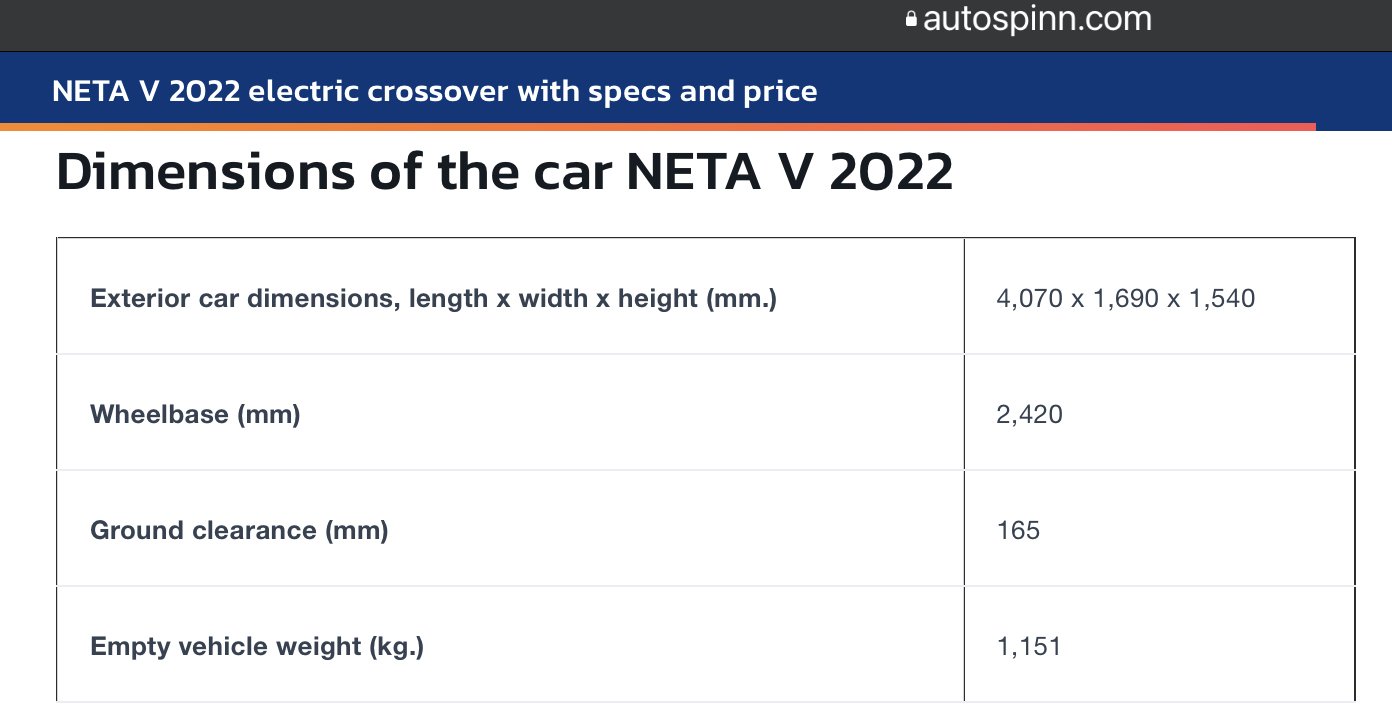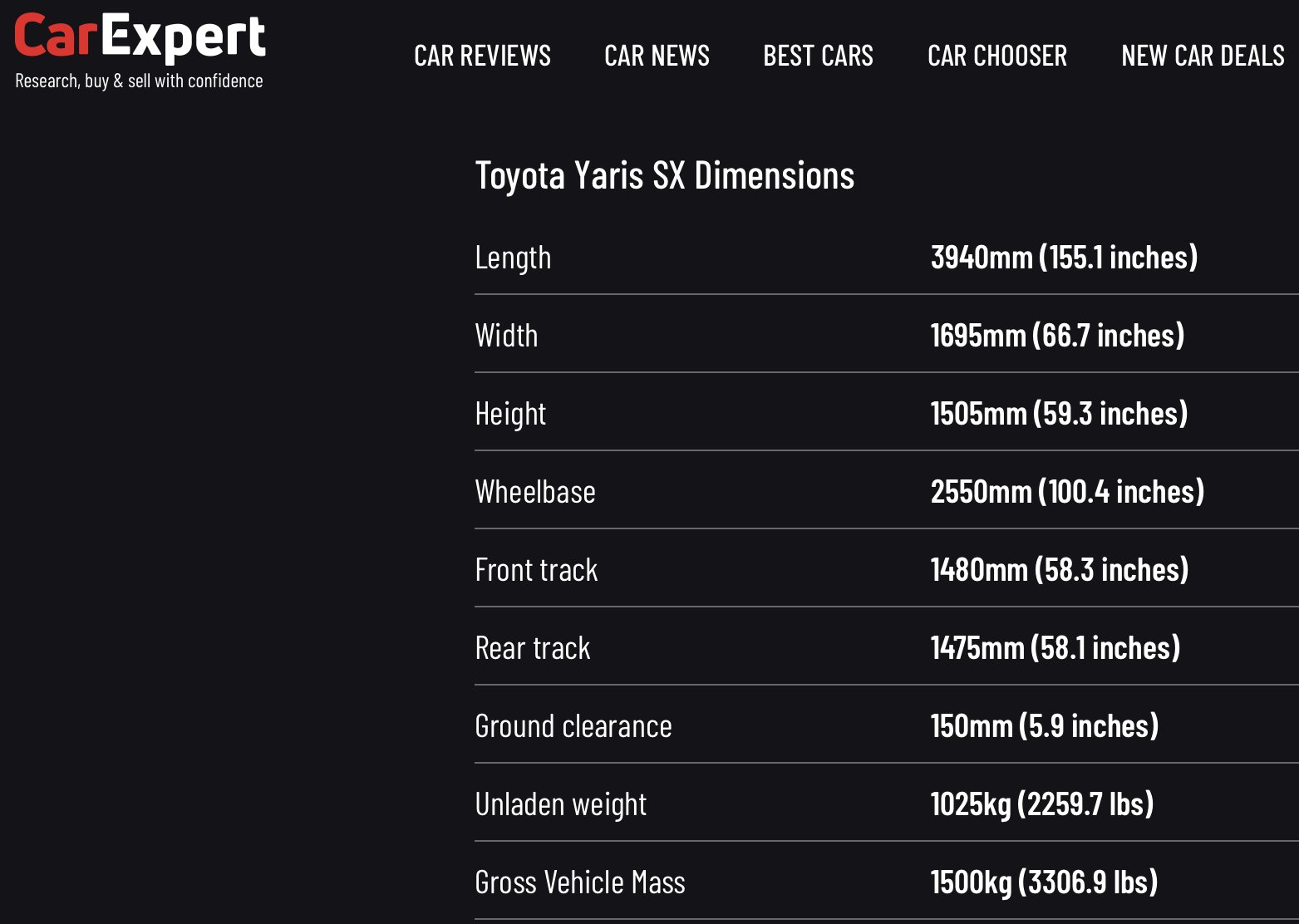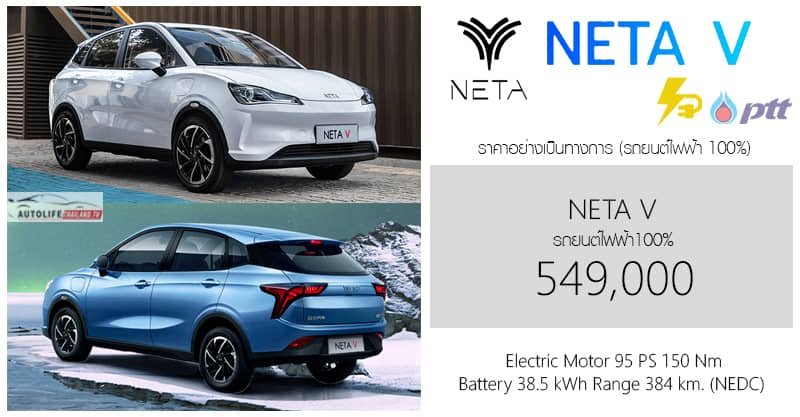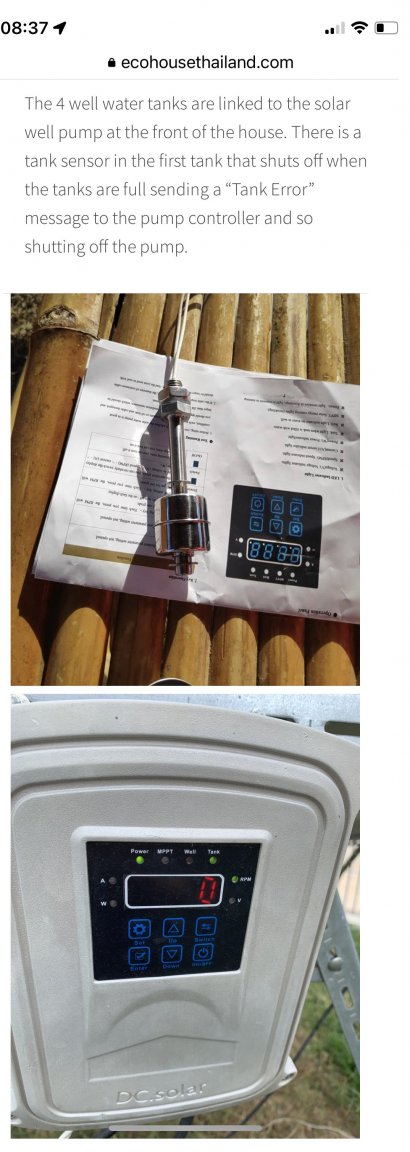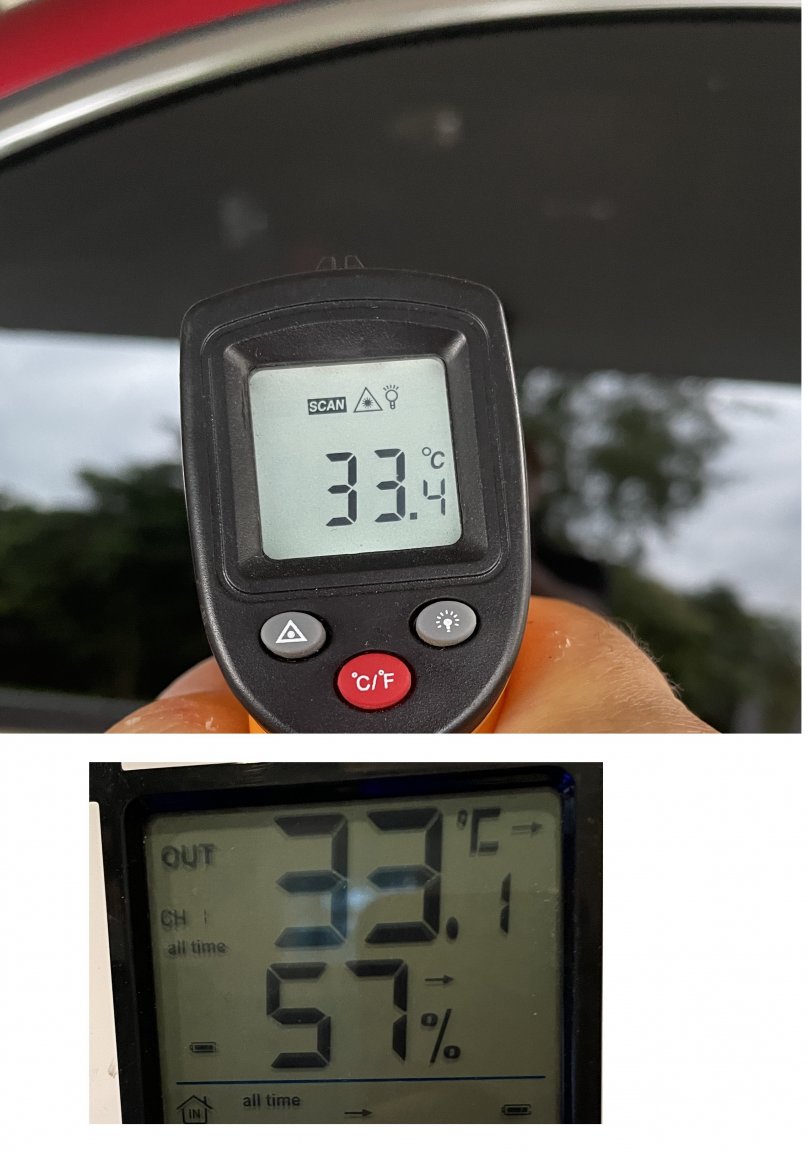-
Posts
2,484 -
Joined
-
Last visited
Content Type
Events
Forums
Downloads
Quizzes
Gallery
Blogs
Everything posted by Bandersnatch
-
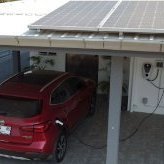
Electric Vehicles in Thailand
Bandersnatch replied to Bandersnatch's topic in Thailand Motor Discussion
Do EVs actually achieve their claimed range? The first thing to consider is by what standard is the Range measured. NEDC = New European Driving Cycle (used in Thailand) It is based on a theoretical driving profile. It has two parts -the first simulates city traffic with many stop/start phases, and the second corresponds to an extra-urban journey at a maximum speed of almost 75 mph WLTP = Worldwide Harmonized Light Vehicles Test Procedures. It is based on a global statistical survey of real driving profiles NEDC will give a range estimate in ideal conditions WLTP will give a lower range estimate that will more likely be achievable. In the USA range estimates are provided by Environmental Protection Agency (EPA) China Light-Duty Vehicle Test Cycle (CLTC) is used in China The Tesla Model Y RWD uses a LFP battery with a useable capacity of 56.8kWh When Bjørn Nyland tested the Tesla Model Y RWD in Thailand he got a range of 546km which is more range than is claimed by WLTP or NEDC. Cold weather will reduce battery range, not a problem that we have in Thailand. -

Electric Vehicles in Thailand
Bandersnatch replied to Bandersnatch's topic in Thailand Motor Discussion
Unsure about EVs why not rent one for a few days to see how you get on with it. Download the EVMe app and register - you don’t need to upload proof of ID until you are ready to rent. -

Electric Vehicles in Thailand
Bandersnatch replied to Bandersnatch's topic in Thailand Motor Discussion
Teslas are expensive in Thailand, but most people probably don’t realise just how expensive. Teslas in Thailand do not qualify for any government incentives as they do not plan to manufacture here. What is the cheapest price you can buy a Tesla Model 3 RWD in the USA? Thailand $51,000 USA $ 13,620!! -

Electric Vehicles in Thailand
Bandersnatch replied to Bandersnatch's topic in Thailand Motor Discussion
-

Electric Vehicles in Thailand
Bandersnatch replied to Bandersnatch's topic in Thailand Motor Discussion
We know that cold weather can reduce the range of EVs, but what about extreme heat like we get here in Thailand? I wouldn’t recommend a Nissan Leaf in Thailand which doesn’t have an active battery thermal management. Nissan now include a full liquid battery temperature control system in their latest EV (the Ariya) A recent study looking at the effect rising temperatures had on EVs and made the following conclusions: “A/C has much less of a negative impact on EV range than a resistance heater. Why is EV cooling different from ICE cooling? No difference in energy use between driving or idling. With a gas car, the engine produces a lot of waste heat that the air conditioner also has to fight against to keep the cabin cool. An EV does not produce the same amount of heat when running so the AC doesn’t have to work as hard. You can pre-cool your EV when it’s plugged in. This is great because the most energy intensive part of air conditioning is the initial cool down. It may take 3-5 kW of energy to get a 95 degree car to a comfortable temperature, but it takes only around 1 kW to keep it at 70 degrees. Cold air happens immediately - no more waiting for the air compressor to kick in as the engine warms up! On average, we found that, compared to the maximum range that our vehicles get: Range loss at 80 degrees: 2.8% Range loss at 90 degrees: 5% Range loss at 100 degrees: 31%*** Note that the range loss at 100 degrees is based on extremely limited data, and we will update it when we have more confidence in the value” The study recommended cars with Heat Pumps like Tesla that didn’t experience any range difference as the temperature rose. https://www.recurrentauto.com/research/what-a-c-does-to-your-range -

Electric Vehicles in Thailand
Bandersnatch replied to Bandersnatch's topic in Thailand Motor Discussion
Great video - thanks for sharing. I really like the BYD seal, but it’s not as practical as an SUV and when I sat in it I found it a bit of a squeeze The only things that concerned me about the BYD Seal U was sunroof - not sure if there is a sun screen - the Irish guy complained about the heat. Also the acceleration - 9.6 seconds is ICE car performance, but maybe like the Seal it will come in dual motor variant. Stats from the video: BYD Seal U 4,785mm L; 1,890mm W; 1,668mm H; 2,765mm WB Honda CRV for comparison 4,691mm L; 1,855mm W; 1,679mm H; 2,660mm WB 160kW motor 0-100km/hour comfort 9.3sec design 9.6sec 19 inch wheels range WLTP comfort 420km design 500km Battery comfort 71.8kWh design 87kWh AC 11kW DC comfort 115kW design 140kW Heat pump and V2L -

Electric Vehicles in Thailand
Bandersnatch replied to Bandersnatch's topic in Thailand Motor Discussion
Sorry to hear your experience. All the EA chargers I have used have worked and I have contacted them twice (but not recently) and got quick replies. -

Electric Vehicles in Thailand
Bandersnatch replied to Bandersnatch's topic in Thailand Motor Discussion
Agreed - only to be used when there are lots of free chargers. If you can add 100km of range in 4 minutes you will probably not be there very long. -

Electric Vehicles in Thailand
Bandersnatch replied to Bandersnatch's topic in Thailand Motor Discussion
BYD has already established it’s presence in Thailand by building a factory and an expanding dealer network. The cars it is bringing to Thailand all represent great value for money like the Atto 3, Dolphin and Seagull. But BYD also has a luxury brand that is a joint venture with Mercedes called Denza. BYD brought the Denza D9 to this years BKK auto show, which leads me to believe that Denza maybe coming to Thailand. Denza D9 EV 44th Bangkok International Motor Show BKK, Thailand, March 23, 2023 photo Bandersnatch BYD Is clearly using Denza to try out features which that will later trickle down to it’s cheaper models such V2L at 6kW, V2V at 60kW and being able to fast charge from both sides of the vehicle at the same time using 2 charging stations. Can’t find a super fast charging station, then use 2 of the far more common regular fast charging stations! Add 100km of range in 4 minutes or 350km in just 15 minutes. -

Electric Vehicles in Thailand
Bandersnatch replied to Bandersnatch's topic in Thailand Motor Discussion
As regular contributors know I put down a deposit on an MGZS EV when they were announced in 2019. The wall box install company chosen by MG refuse to fit one for me as I had solar. After another fight with MG I was allowed to buy the MG HS PHEV. When I drove the MG4 I was comparing it to the HS. The HS is bigger than a Honda CRV but has a 0-100kph of 6.9 seconds. It is a very comfortable luxury car with 9 Bose Speakers, ambient lighting etc. The MG 4 certainly felt like a big step down in luxury and comfort but it is nearly half the price. Acceleration felt sluggish to start with, but it was fine when it was moving. Handling was excellent but not as smooth as the HS. For the price the MG 4 is an excellent car. I love the LFP batteries and VTL but I don’t know I could do without the comfort and luxury of my current car: The HS has 5 years of premium data built into the car for “find my car” switching on the aircon from the restaurant etc. It comes with free music streaming that also shows what’s playing on the drivers display -

Electric Vehicles in Thailand
Bandersnatch replied to Bandersnatch's topic in Thailand Motor Discussion
I agree with you, a solar roof makes a lot more sense than a glass roof in Thailand. As far as I know there are no solar roofs available on any EVs in Thailand. The Toyota Prius Prime is a Plug-in Hybrid and has a solar roof. It gets good reviews but is not available in Thailand. -

Electric Vehicles in Thailand
Bandersnatch replied to Bandersnatch's topic in Thailand Motor Discussion
Specs are about the same for these cars but unladen weight for an ICE car is with an empty fuel tank. Regarding EVs having poor performance and handling why does Goodwood Hill climb record belong to an EV? The record for Pikes Peak is also held by an electric car -

Electric Vehicles in Thailand
Bandersnatch replied to Bandersnatch's topic in Thailand Motor Discussion
-

Electric Vehicles in Thailand
Bandersnatch replied to Bandersnatch's topic in Thailand Motor Discussion
Thailand accounts for 79% of South East Asian EV sales "Thailand - the main regional auto manufacturing hub - is driving the transition. Thailand has offered incentives to consumers and subsidies to automakers to build more EVs locally. That has attracted a wave of investments by Chinese carmakers. By 2030, Thailand aims to convert around 30% of its annual production of 2.5 million vehicles into EVs. In total, Chinese EV makers have committed to invest at least $1.44 billion in setting up production facilities in Thailand, where the auto industry has been dominated by Japanese companies for decades. Chinese auto groups are experiencing rapid growth and outpacing their competitors in the SEA (Southeast Asia) region, with their market share increasing from 38% a year ago to nearly 75%," https://www.reuters.com/business/autos-transportation/chinese-automakers-sold-75-evs-southeast-asia-q1-study-2023-07-20/ Visitors look at a MG Maxus 9 EV at the 44th Bangkok International Motor Show in Bangkok, Thailand, March 23, 2023 photo Bandersnatch -

DC pumps - how do they use them?
Bandersnatch replied to TronxII's topic in Alternative/Renewable Energy Forum
I have 4 solar well pumps, for irrigated and backup for my rainwater harvesting. The irrigation pumps are switched on for a few days at a time in the dry season and only run when the sun is shining. I have a couple of tanks for well water. There is an electronic tank sensor that sends a signal to the pump controller to switch off when the tank is full. I don’t use batteries with any dc pumps as my house runs 100% on solar and home batteries. -

Future of UK fossil fuels at stake in test case
Bandersnatch replied to Social Media's topic in The Green Forum
Your TV has a one year warranty but you don’t need to replace it every year! Stuff lasts longer than the manufacturer’s warranty. Tesla Roadsters from 2008 are still running. I am bored explaining stuff to you - adding you to my blocked list -

Future of UK fossil fuels at stake in test case
Bandersnatch replied to Social Media's topic in The Green Forum
Not economic. When I make power from my solar system to put in my electric car there is some small efficiency loss due to the inversion process and DC to AC to DC conversion, but over 90% of the energy ends up in my car. With current electrolyzers, green hydrogen's efficiency is around 30%, which means 70% of the renewable energy put into producing green hydrogen is lost across the full cycle of production and use. https://www.cleanegroup.org/wp-content/uploads/Five-Reasons-to-be-Concerned-About-Green-Hydrogen.pdf Again not economic. Nuclear reactors for submarines are crazy expensive. That’s why nuclear submarines cost $Billions https://www.afr.com/politics/federal/warning-that-nuclear-submarines-could-cost-10b-each-20221124-p5c148 -

Electric Vehicles in Thailand
Bandersnatch replied to Bandersnatch's topic in Thailand Motor Discussion
Volvo EX30 £31,000 ฿1,300,000 in the UK for the 51kWh LFP single motor RWD 270bhp 214miles range -

Future of UK fossil fuels at stake in test case
Bandersnatch replied to Social Media's topic in The Green Forum
-

Future of UK fossil fuels at stake in test case
Bandersnatch replied to Social Media's topic in The Green Forum
My battery pack is made up of battery modules that can be replaced individually, so you don't need to replace the whole pack over a few damaged cells. The battery has an 8 year 80% warranty. I have driven it for 2 years and have lost 1km of range. -

Future of UK fossil fuels at stake in test case
Bandersnatch replied to Social Media's topic in The Green Forum
Hydrogen is the fuel of the future and always will be The economics don't make any sense. Currently the majority of hydrogen (∼95%) is produced from fossil fuels by steam reforming of natural gas. The downside to this process is that its by-products are major atmospheric release of CO2. Green hydrogen produced through electrolysis using renewable power costs US$10-15 per kg - once it has been transported to the filling station the selling price will be much more and make filling up a tank prohibitively expensive. H2 Cars are way more expensive than electric cars to buy. -

Future of UK fossil fuels at stake in test case
Bandersnatch replied to Social Media's topic in The Green Forum
Good luck with Hydrogen in Thailand. Where are you going to buy your Hydrogen car - none for sale here. Toyota keeps making promises about it's Mirai but you can't buy it here. Then where will you fill it up? Thailand has no public H2 filling stations. I make power for my electric car from my home solar system - try making H2 at home. Would work? but doesn't work! -

Electric Vehicles in Thailand
Bandersnatch replied to Bandersnatch's topic in Thailand Motor Discussion
Yes, you are right. The wrap wouldn’t be done by Tesla. -

Electric Vehicles in Thailand
Bandersnatch replied to Bandersnatch's topic in Thailand Motor Discussion
The job of the film is to stop you from heating up. The physics is very simple - if you park your car in the shade the glass will heat up via convection to reach the ambient air temperature: If parked in the sun, solar radiation will pass through the glass to the film some of which will be reflected back but some will be absorbed by the film heating it up. Air in the car will come in contact with the hot film and heat via convection. The hot air will come in contact with you and make you hot. In addition if you are sitting on the sunny side of the car, some solar radiation will pass through the film and heat your skin directly. If you press your hand up against the inside of the film coated glass then heat will pass into your hand via conduction. If you hand gets hot, then you will know your film is not doing a great job reflecting solar radiation.



